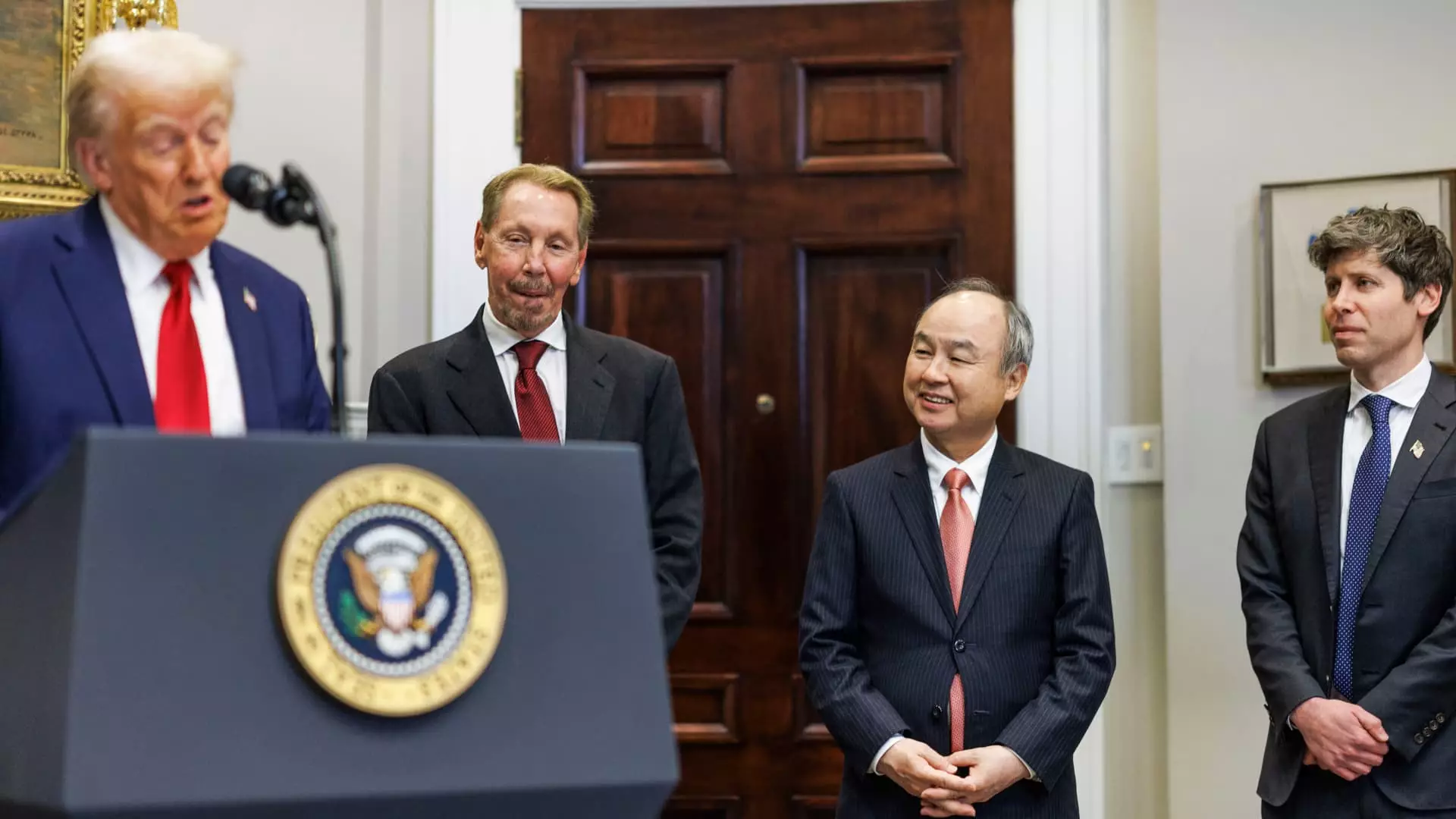Over the past few years, the collaboration between Microsoft and OpenAI has transformed the landscape of artificial intelligence (AI) development. However, recent changes to their partnership raise important questions regarding exclusivity, competition, and the evolving nature of cloud computing services. This article examines the current developments and analyzes their implications for both companies and the AI sector as a whole.
Microsoft’s role as the sole provider of cloud computing resources for OpenAI is shifting. In a recent blog post from Microsoft, the company emphasized that while it maintains a strategic positioning with OpenAI, the startup now has the option to seek additional cloud services from other providers after giving Microsoft the “right of first refusal.” This move marks a significant change, as it dismantles the previously exclusive arrangement that Microsoft enjoyed since investing $1 billion in OpenAI in 2019. Given the rapid advancements and increased demands for computational power within the AI field, this shift highlights the necessity for flexibility and adaptability within partnerships.
The announcement coincided with President Donald Trump’s unveiling of the Stargate Project—a multifaceted initiative aimed at bolstering AI infrastructure through collaborative investments from major tech figures. This joint venture includes prominent players like Oracle and Softbank, signaling a departure from a singular powerhouse model to a more diversified approach within the AI ecosystem. The commitment to invest between $100 billion and $500 billion over the next four years underlines the urgency of scaling capacity amidst explosive growth in AI applications and frameworks.
The Stargate Project represents a strategic cooperation that could redefine cloud infrastructure. Led by Oracle, who has been eager to cement its position within this competitive space, the development of ten expansive data centers in Texas illustrates a robust foundation for future collaboration with OpenAI and other major tech entities. With claims that these facilities are already under construction, it poses a question: How will this collective effort sharpen competitive advantages among the companies involved, and what new possibilities could arise for AI research and deployment?
Microsoft’s confirmed commitment to continue supporting OpenAI’s computational needs via Azure capabilities remains a crucial aspect of their partnership. It is reassuring to note that OpenAI has announced a significant new commitment to Azure, which essentially indicates a continuing, albeit modified, reliance on Microsoft’s offerings. Yet, as the relationship evolves, financial markets are reacting differently; Oracle’s shares saw a 7% rise following the positive projections surrounding the Stargate Project, signaling investor confidence in the expanding tech horizon.
Nonetheless, the acknowledgment of OpenAI as a competitor by Microsoft, reflects deeper underlying tensions that could complicate future collaborations. Microsoft CEO Satya Nadella recognized the ambitious vision of OpenAI’s leadership, sharing insights that suggest a necessity for balance in accommodating differing goals while ensuring mutual growth. This commentary implies that the line between collaboration and competition is increasingly blurred, and moving forward, both companies will need to tread carefully to ensure their respective missions align without compromising their strategic interests.
As the AI sector continues to grow, the transition of Microsoft and OpenAI’s relationship embodies the broader transformations occurring within the industry. Partnerships in technology are often fraught with challenges, changes in market dynamics, and the unpredictable nature of innovation itself. Companies must remain agile and ready to adapt to evolving circumstances, both in terms of technology and market requirements.
The partnership between Microsoft and OpenAI, while still strong at its core, is at an inflection point with the introduction of new players in the field and a competitive landscape that is ever-changing. The arrangements set in motion by the Stargate Project may herald a new chapter in AI development, where collaboration pairs with healthy competition—shaping the future of artificial intelligence applications across industries. As Microsoft and OpenAI navigate these significant transitions, the world watches in anticipation for what revolutionary technologies may emerge from this evolving alliance.


Leave a Reply